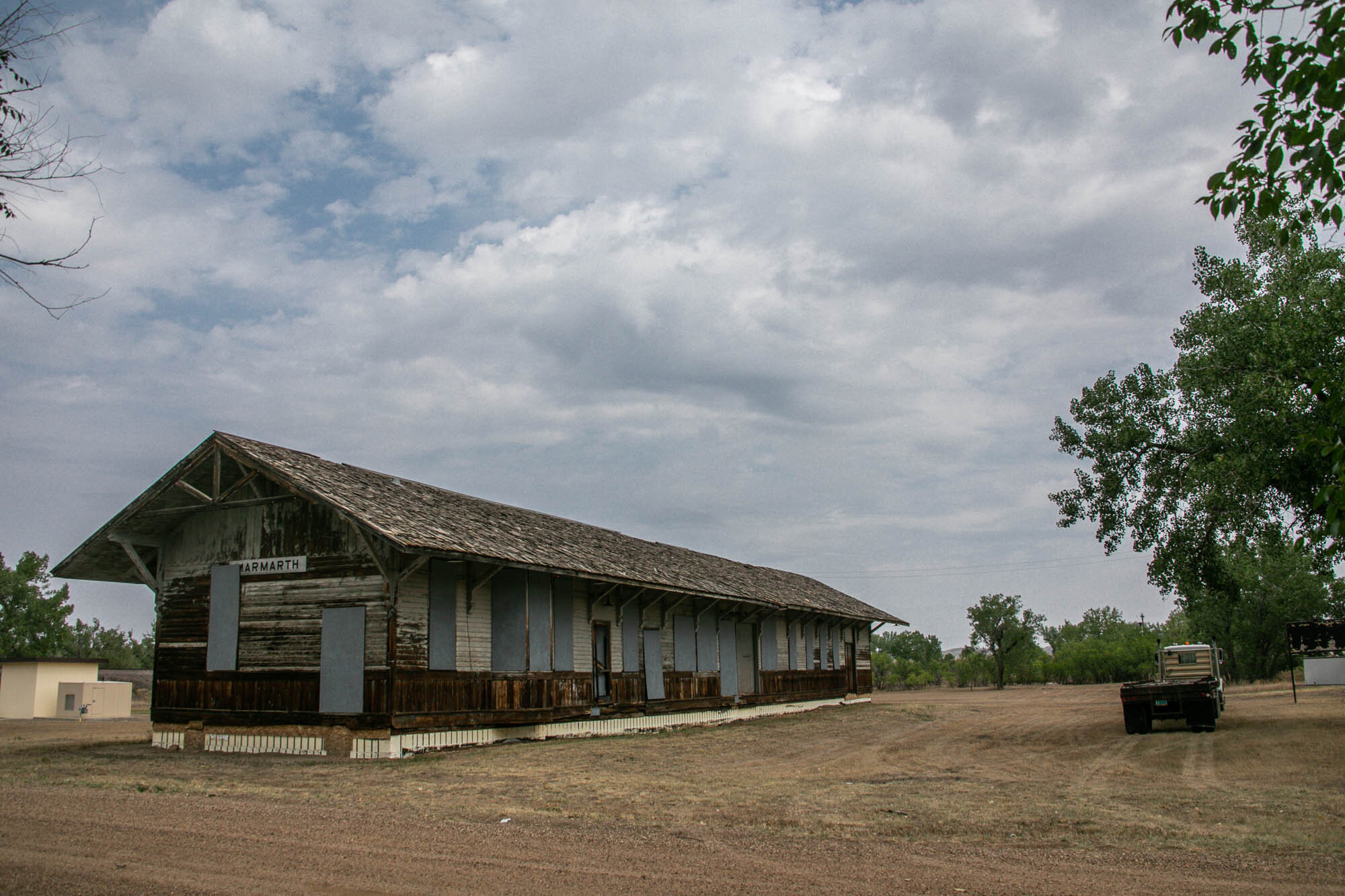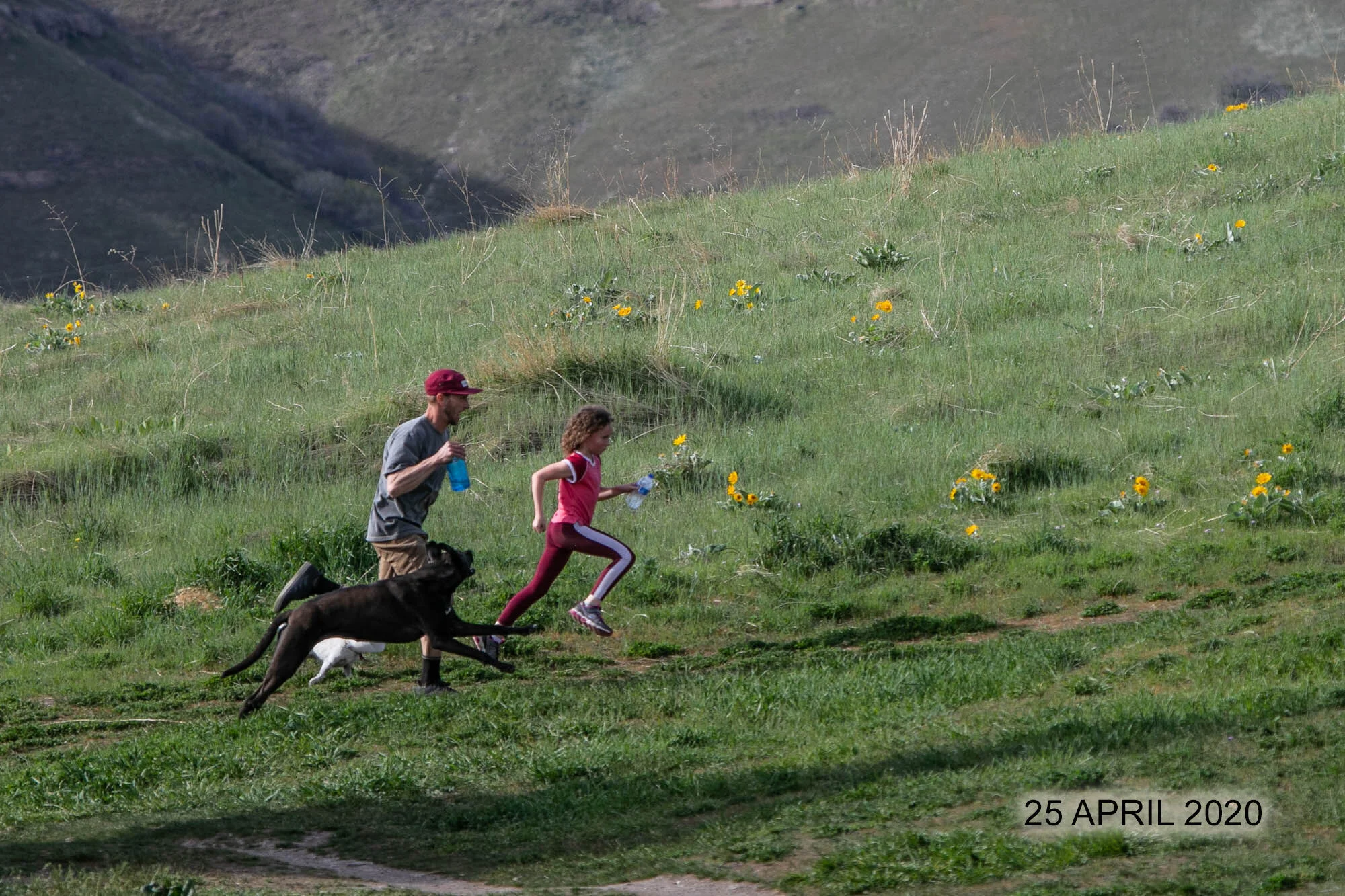Flying a Polish charter 737 from Reykjavic into Kangerlussuaq Greenland (pop. 500), taking a 20 minute bus ride to a rocky beach with small concrete dock and then riding in a zodiac across the fiord (with plenty of cold spray in our faces) to board our big ship wasn’t exactly how I envisioned starting my first cruise. (text continues below)
Glaciers, icebergs, amazing basalt, small villages/cities and lectures from Harvard & Dartmouth profs filled every day. The French guides who took us out on zodiacs each day were competent, experienced, smart and fun. After a long day, then we had to stay up late to socialize and finish our five-course dinner. So exhausting.
Denmark sends Greenland $600 million every year, or about $10,000 per person. Most of the Inuit locals we saw appeared much better off than the indigenous people of Canada and the US. We visited four towns (Nuuk, Ilulissat, Sisimiut, Qeqertassuaq) and one ghost town (Ataa). Many days included rain, wind and high thirties temps. It was difficult for me to imagine living there in darkness and cold of December and January. Fishing and tourism are the two main industries and tourism is booming. No sign of poverty anywhere.
Flying back to Iceland was a jarring return to civilization, with roads, traffic and lots of people. We spent five days driving and exploring (Stykkisholmur, Vik & Hofn) and then two days in the big city of Reykjavik. More glaciers, plus volcanoes, endless waterfalls, black sand & rock glacial flood plains (one covered 250 sq miles!) – and hordes of tourists. It seemed like every time we got to another highlighted view or rock or waterfall, a bus full of Chinese had just unloaded. Iceland is very popular and places like the little town of Vik are overrun.
One of my favorites was Thingvellir (Þingvellir in Icelandic) Nat Park, which includes the rift valley between the North American and Eurasian continental plates. Beautiful rocks and exciting geology, but I couldn’t get any decent photos due to all the Chinese taking selfies. Þingvellir also is the site of Iceland’s first parliament (Alþingi), dating from 930. The visitor center had an excellent display about early Icelandic history which I enjoyed.
We also liked the Berserkerjahraun lava field near Stykkhisholmur. (Berserkers were the craziest Viking fighters and there is a saga story that is about this lava field in approx 900.) Weird lava formations mostly covered in thick green moss, which played a part in the Michael Ridpath murder mystery series.
In Reykjavík, we visited museums, including the Arni Magnusson Institute of Icelandic Studies with original documents going back 700 years. The National Museum next door and the Maritime Museum were also very good. Two nights we dined at trendy restaurants mentioned in the NY Times story. Did I mention that everything in Iceland is VERY expensive?




















































































































































































































































































































































































































































